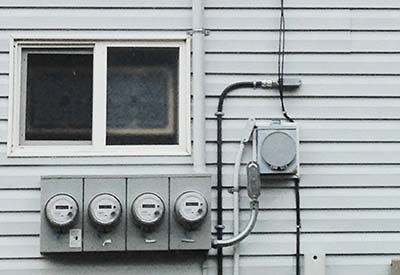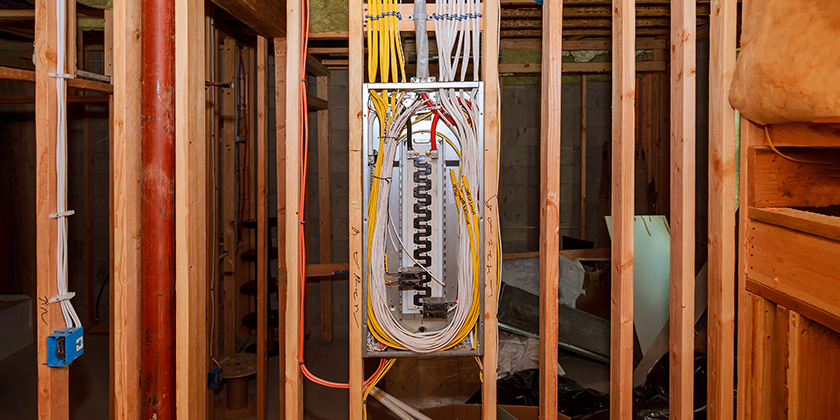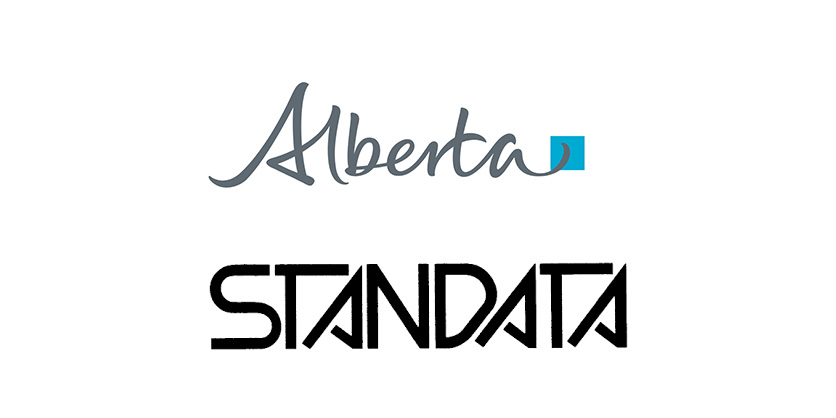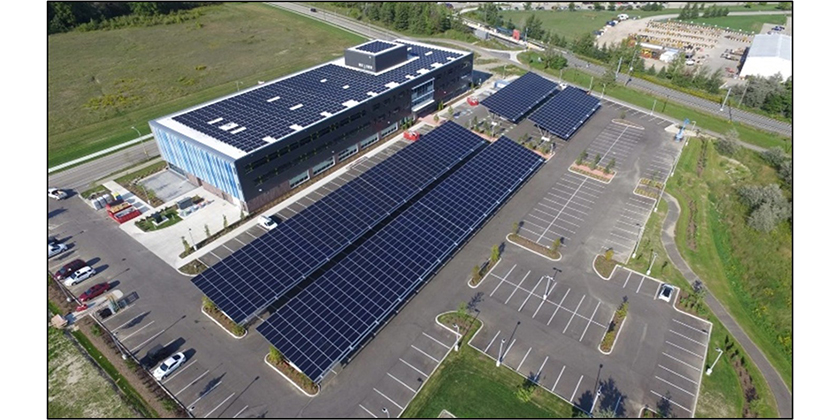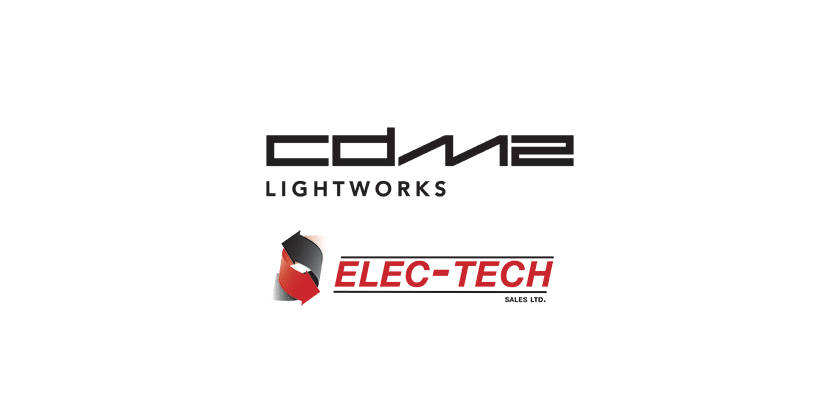Guide to the Canadian Electrical Code, Part I

Nov 8, 2020
By William (Bill) Burr
Section 26 is a general section of the code and applies to the installation of all electrical equipment. Appendix B contains important additional helpful notes. This section is divided into a number of parts, with the general rules 26-002 to 26-014 applying to all electrical equipment and additional parts for specific types of equipment. Specific equipment may need to meet requirements in more than one part, so be sure to read all parts that may apply to your situation. In addition, other supplementary or amendatory sections of the code may apply to the installation of specific equipment so always check those parts. Because Section 26 is a large section this article is divided into two parts. This is Part B. Part A appeared in the October 13 issue.
Lightning arrestors
Rules 26-400 to 26-410 outline the requirements for use, location, and installation of lightning arrestors both indoors and outdoors.
Low voltage surge protective devices
Rule 26-420 governs the installation and connection of low-voltage surge protective devices. Note that Appendix B has additional guidance on the use of these devices.
Storage batteries
The scope of this part includes the installation of storage batteries and the installation of electrical equipment in a battery room.
Special terminology for these rules includes a
• sealed cell or battery which has no provision for the addition of electrolyte and
• storage battery which consists of more than one rechargeable cell.
Rules 26-500 to 26-514 outline the requirement for location, ventilation of batteries and battery rooms or areas, installation, and wiring to batteries. Note that Rule 26-514 specifies that for the installation of electrical equipment in a battery room it is considered a dry location.
Note that rules 26-500 to 26-514 have been relocated to Section 64 of the 25th edition.
Resistance devices
Rules 26-550 to 26-554 provide requirements for the installation, location, selection of conductors, and the use of incandescent lamps as resistance devices.
Panelboards — see Section 0 – Definitions
Rules 26-600 and 26-602 prescribe the requirements for panelboards in dwelling units and the location of panelboards. Note that in the 25th edition a separate panelboard is not required for dwelling units in hotels and motels, and subdivided single dwelling units that are not individually metered.
Branch circuits
Rules 26-650 to 26-656 apply to branch circuits for all residential occupancies, which includes dwelling units and single dwellings.
Rule 26-650 special terminology for these rules includes arc fault protection, combination-type arc-fault circuit interrupter, and outlet branch-circuit-type arc-fault circuit interrupter. The distinction between the two types of arc-fault circuit interrupters (AFCI) is important in observing these rules.
Rule 26-652 applies generally to branch circuits in all residential occupancies and provides requirements for the type, location, and rating of branch circuits in indicated locations.
Rule 26-654 applies to branch circuits installed in dwelling units which includes single dwellings. The rule provides requirements for the type, location, rating of circuits in indicated locations.
Rule 26-656 requires arc fault protection of branch circuits for dwelling units applies and applies to branch circuits installed in single dwellings.
Receptacles
Rules 26-700 to 26-710 apply generally to all receptacles.
Rule 26-700 requires the configuration of all receptacles to be in accordance with Diagrams 1 and 2 with a few exceptions and to be connected to circuits having corresponding voltage and ampere ratings.
Rules 26-702 and 26-710 provide requirements for installation bonding, protection by GFCI, tamper resistance and receptacles exposed to the weather, and for receptacles located on rooftops for the maintenance of equipment. Appendix B provides some additional guidance on these subrules.
Receptacles for residential occupancies
Rules 26-720 to 26-726 apply to receptacles installed in residential occupancies which includes dwelling units and single dwellings. See Section 0 – Definitions for the distinction between these terms.
Rule 26-720 applies generally to receptacles installed in all residential occupancies and provides requirements for the type, location, control, and ground fault protection of receptacles in indicated locations.
Rule 26-722 requires that all receptacles installed outdoors and within 2.5 m of finished grade be protected with a ground fault circuit interrupter of the Class A type, except for vehicle heater receptacles provided in conformance with Rule 8-400. Note that the exception for vehicle heater receptacles provided in conformance with Rule 8-400 has been deleted in the 25th edition.
Rule 26-724 applies to receptacles installed in dwelling units, which includes single dwellings. The rule provides requirements for the type, number, location, control, and ground fault protection of receptacles in indicated locations.
Rule 26-726 applies only to receptacles installed in single dwellings and provides requirements for the type, and location of receptacles in indicated locations.
Electric heating and cooking appliances
Rules 26-740 to 26-750 apply to heating and cooking appliances and provides requirements for the location, installation, supply connection, type of receptacle, branch circuit, heat signaling and control for electric heating and cooking appliances.
Heating equipment
Rules 26-802 to 26-808 apply to circuits supplying power to non-portable fuel fired heating equipment. These requirements provide for mechanical protection of conductors, safety controls, type and rating of branch circuits, location, and disconnecting means for heating equipment.
Pipe organs
Rule 26-900 applies to the installation of electrically operated pipe organs.
Submersible pumps
Rules 26-950 to 26-956 apply to the installation of submersible pumps.
Special terminology for these rules includes a deep well submersible pump intended to be used in a well casing and a submersible pump intended to be submerged in open water.
Rule 26-952 applies to all submersible pumps and requires them to be installed in accordance with manufacturers’ instructions as well as this section.
Rule 26-954 applies to deep well submersible pumps installed in wells and provides requirements for the type, support, and installation of power supply conductors, and bonding to ground of the pump.
Rule 26-956 applies to submersible pumps installed in bodies of water and provides the requirements for the voltage supply, bonding to ground, wiring method, and ground fault protection.
Data processing
Rule 26-1000 requires the isolation of branch circuits supplying data processing units.
In the next installment, we will be discussing Section 28 – Motors and generators.
* The source for this series of articles is the Canadian Electrical Code, Part I, published by CSA.
William (Bill) Burr is the former Chair of the Canadian Advisory Council on Electrical Safety (CACES), former Director of Electrical and Elevator Safety for the Province of BC, and former Director of Electrical and Gas Standards Development and former Director of Conformity Assessment at CSA Group. Bill can be reached at Burr and Associates Consulting billburr@gmail.com.





